

CarExpert.com.au
The CarExpert team's favourite cars of 2025
2 Days Ago
China's rival to the Toyota RAV4 and Kia Sportage appeals to budget-conscious buyers but doesn't scrimp on spec or design wow-factor.



Marketplace Editor

Marketplace Editor


Marketplace Editor

Marketplace Editor
Where expert car reviews meet expert car buying – CarExpert gives you trusted advice, personalised service and real savings on your next new car.
While the Haval H6 isn’t a household name like the Honda CR-V, Nissan X-Trail, Subaru Forester or Toyota RAV4, it is steadily finding favour with the Australian audience.
So far in 2022 the Haval has grown its sales volume by 279.6 per cent (through October 31), grown its year-to-date market share to more than 2.0 per cent, and overtaken the likes of the Ford Escape, Jeep Cherokee, and Renault Koleos in the medium SUV sales race.
With an ever-changing set of rivals in one of the country’s most vital and competitive segments, does the H6 have what it takes to compete against the establishment?
Or would you be better served by the current offerings out of Japan, Korea, or even Europe?
The 2022 Haval H6 Premium you see here is the entry point into the range, priced from $31,990 drive-away.
Cost options are limited to just premium paint, which add $495. Our tester’s Hamilton White finish is the only no-cost option.
2022 Haval H6 pricing:
All prices are drive-away
The Haval undercuts just about every rival at the base level, with the exception of the MG HS which starts at $29,990 drive-away in base Core specification.

While the wider industry continues to push prices up, the Chinese brands continue to play in budget brackets almost uncontested.
For reference, the cheapest auto-equipped versions of mainstream rivals include:
All prices exclude on-road costs unless specified (D/A)
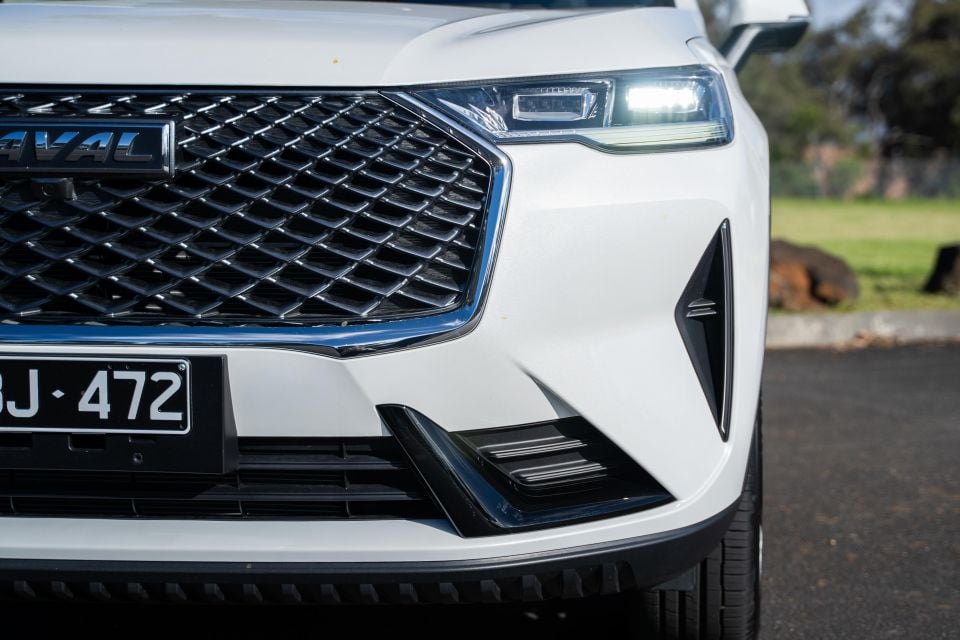

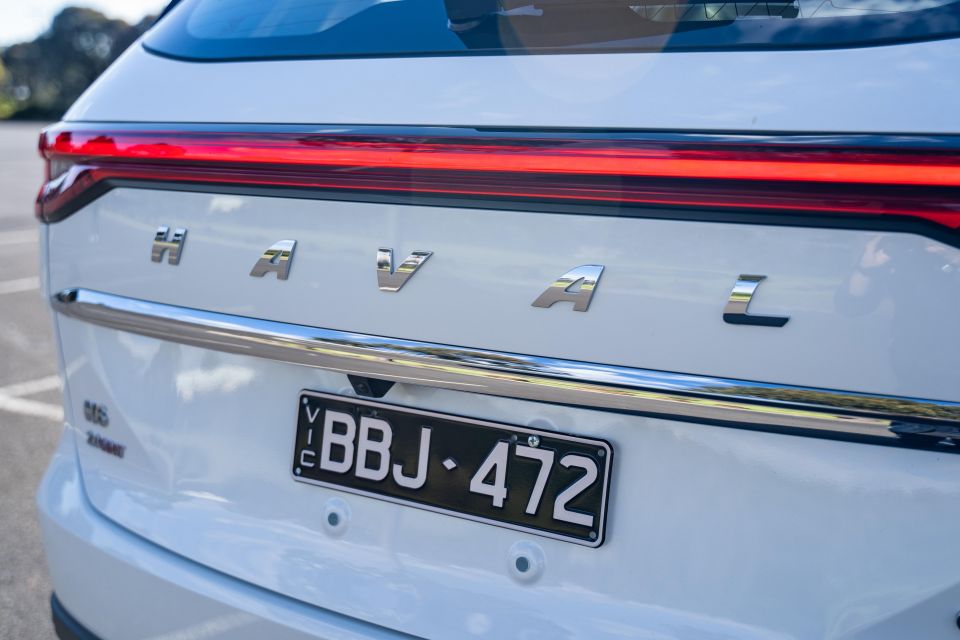

Buy your new car without the stress. It's fast, simple and completely free.

Great service from Travis and team, second time I have used this business would not hesitate to recommend them to anyone
Craig C.
Purchased a Ford Ranger in Sunshine Coast, QLD
CarExpert helped Craig save thousands on his Ford Ranger, now let us save you on your next new car.
Find a dealDespite being a budget-priced base model, the entry-level Haval H6 has a pretty impressive list of standard equipment, including some features across the range more expensive rivals limit to higher grades.
H6 Premium highlights:
While not a lot is missing for a vehicle at this price point, some may lament the lack of embedded satellite navigation (which is absent across the line-up), and a leather/leatherette steering wheel.

The new H6 has yet to be tested by ANCAP.
All models come standard with the following safety features:
Rear cross-traffic alert, adaptive cruise control and front parking sensors are available higher up in the range.

Where previous-generation Haval products – and cars from other Chinese brands – have come to market feeling dated and tinny, the Haval H6 really makes a statement.
The cabin design and layout is slick and unique without being too out there, and the H6 looks and feels like a much more expensive vehicle, even with the plastic steering wheel and cloth seat trim in our base Premium tester.
Up front, the driver is faced with dual 10.25-inch high-resolution displays that, like the wider cabin, don’t really look or feel like something from another brand – mostly in a good way, too.


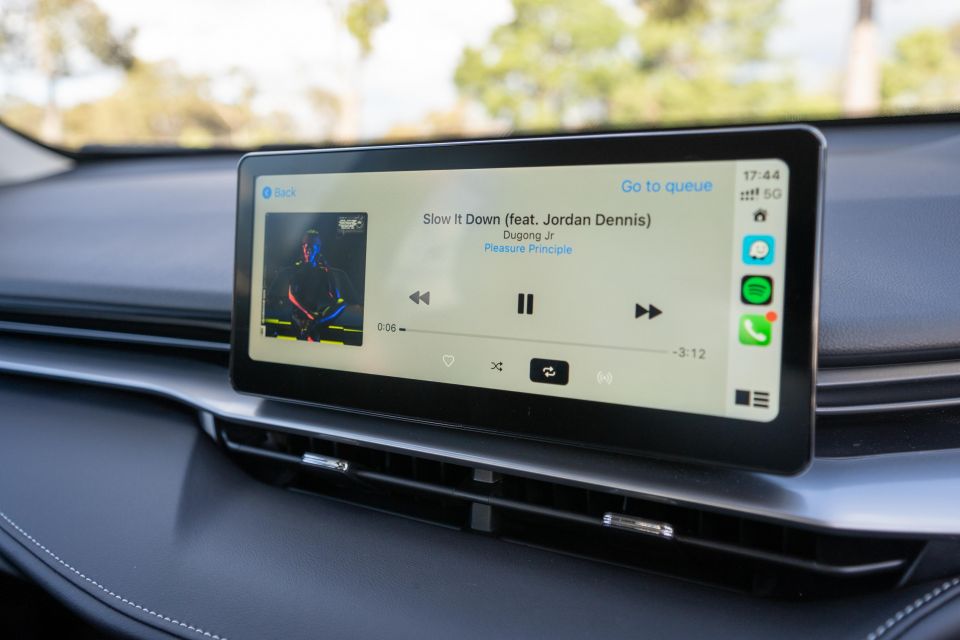
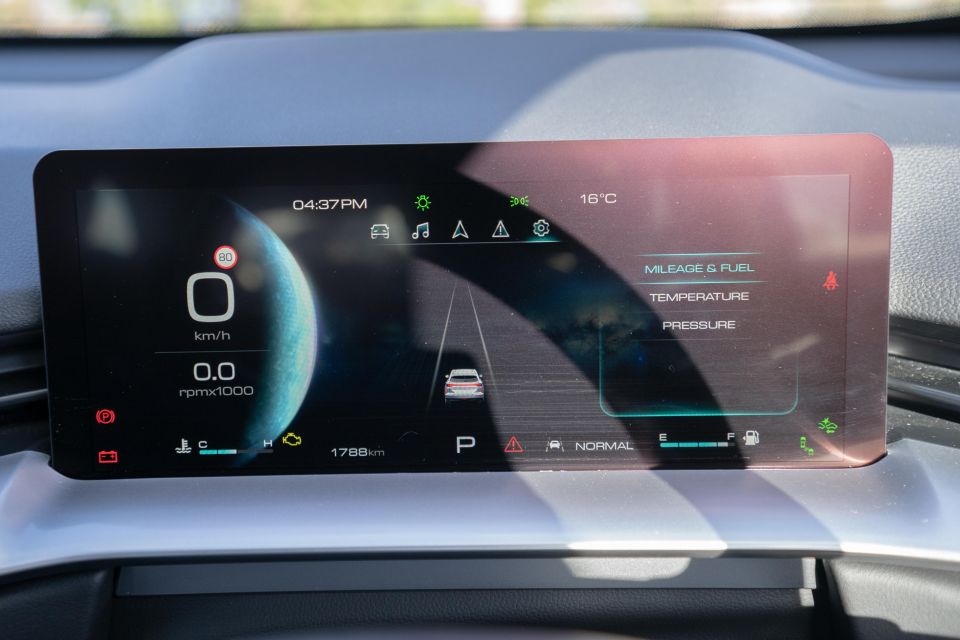
With crisp graphics, bright colours, and cool layouts, the Haval doesn’t have a copycat feel about it, and again gives the impression you’re getting a lot of bang for your buck.
Wired Apple CarPlay is straightforward and easy to live with, and bolsters the native interface with navigation and streaming functions. There are some quirks that I couldn’t quite get my head around.
Despite the digital real estate the driver’s cluster isn’t very customisable, save for the trip computer bloc. Further, like the Jolion we tested recently, the sequencing to shuffle through these menus isn’t as straightforward as most other brands.
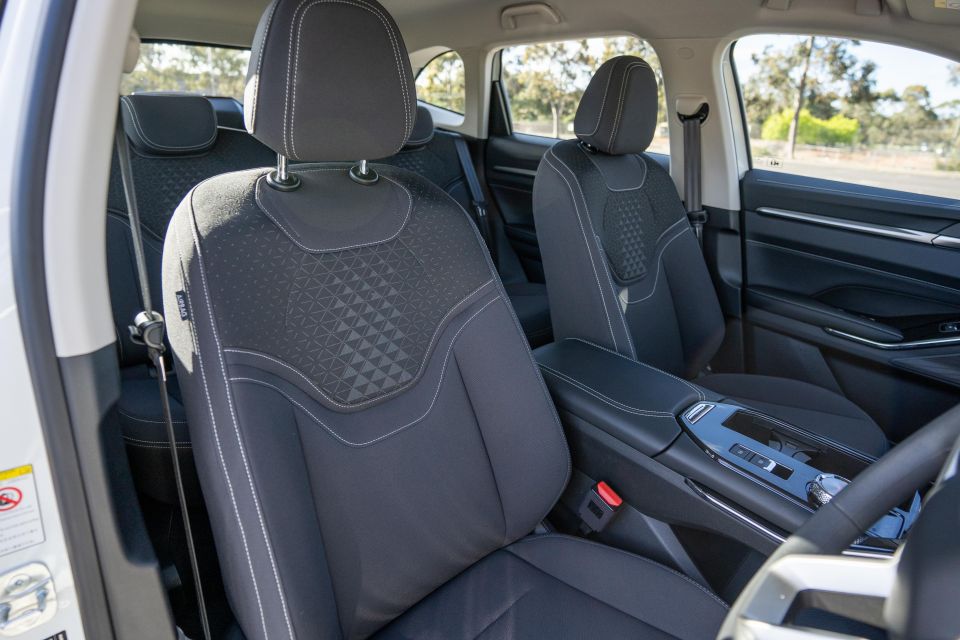
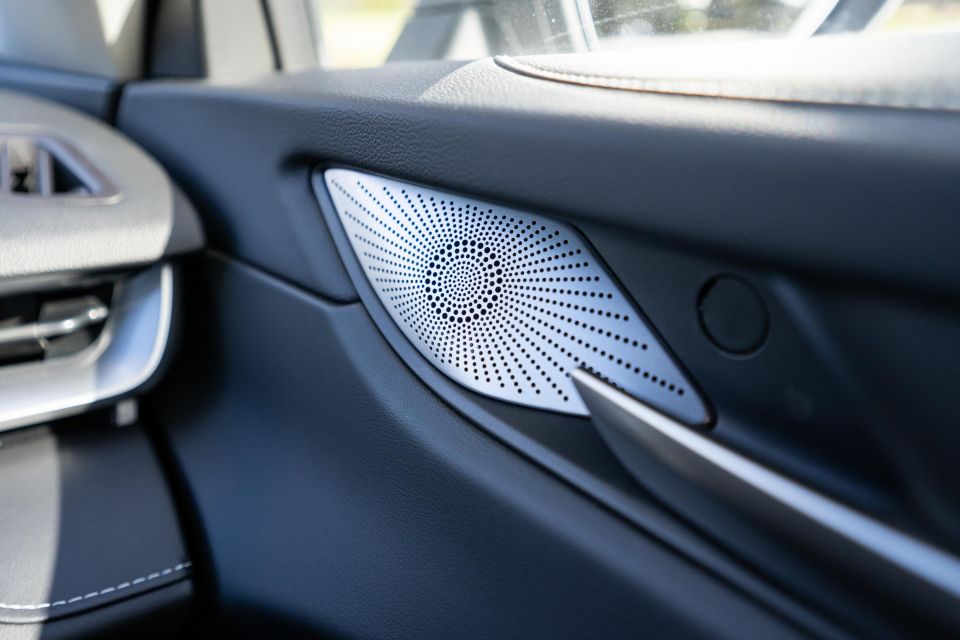
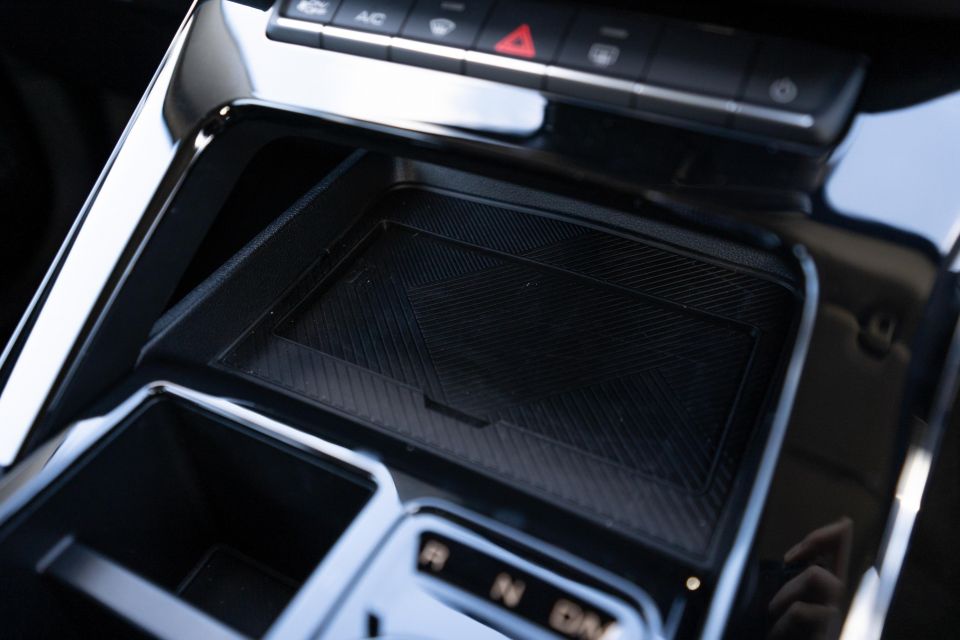
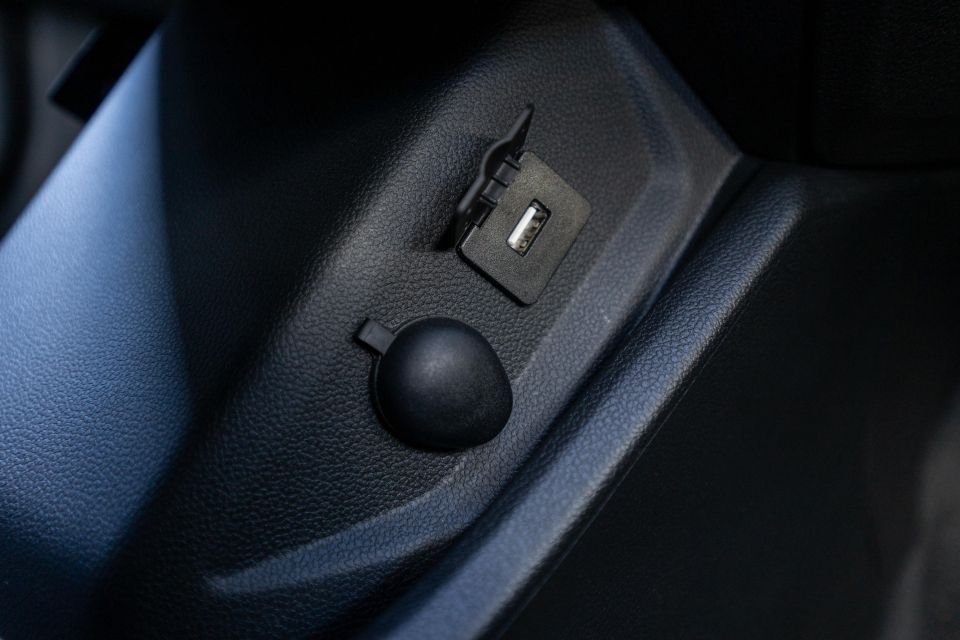
The central infotainment system is likewise fairly basic and has the odd quirk here and there. Haval’s simplistic approach to physical buttons and switchgear means the climate controls are all accessed via the screen which adds an extra step or two to the process and just doesn’t feel super intuitive.
It’s annoying when brands like Volkswagen do it, but the Haval’s lack of proper HVAC shortcuts mean you have to dive through the menus and exit Apple CarPlay to adjust temperatures and air recirculation.
Comfort and storage up front is pretty good, with a wide range of adjustment in the driver’s seat and both reach/rake adjustment for the steering column – something the top-spec Jolion misses out on.
There’s a number of nooks and crannies to store things, such as the phone shelf under the centre stack, the cubby under the centre stack, and decent-sized door pockets. Under the front centre armrest there’s a deep bin as well, and the glovebox is a decent size.

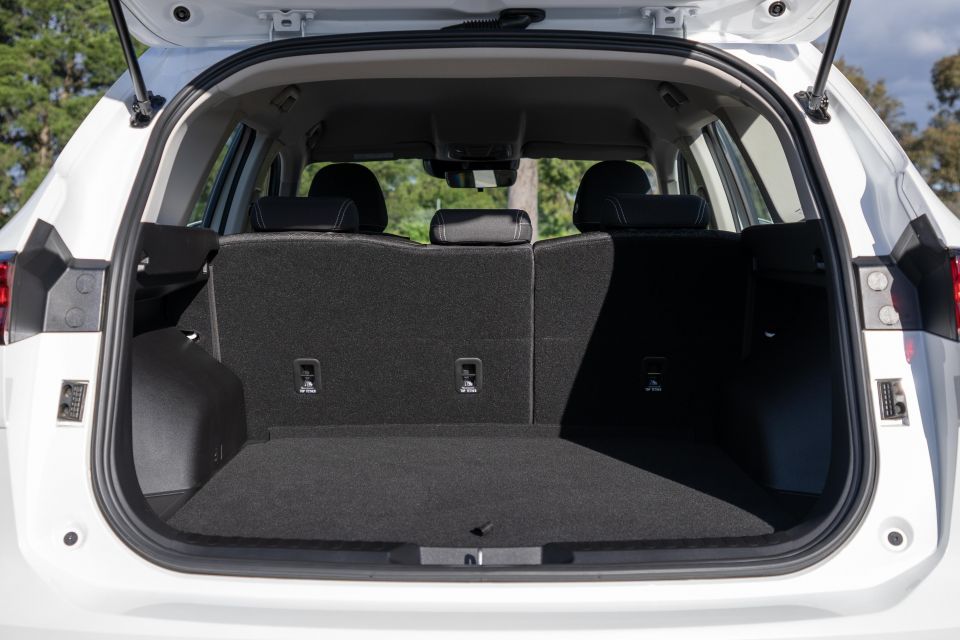

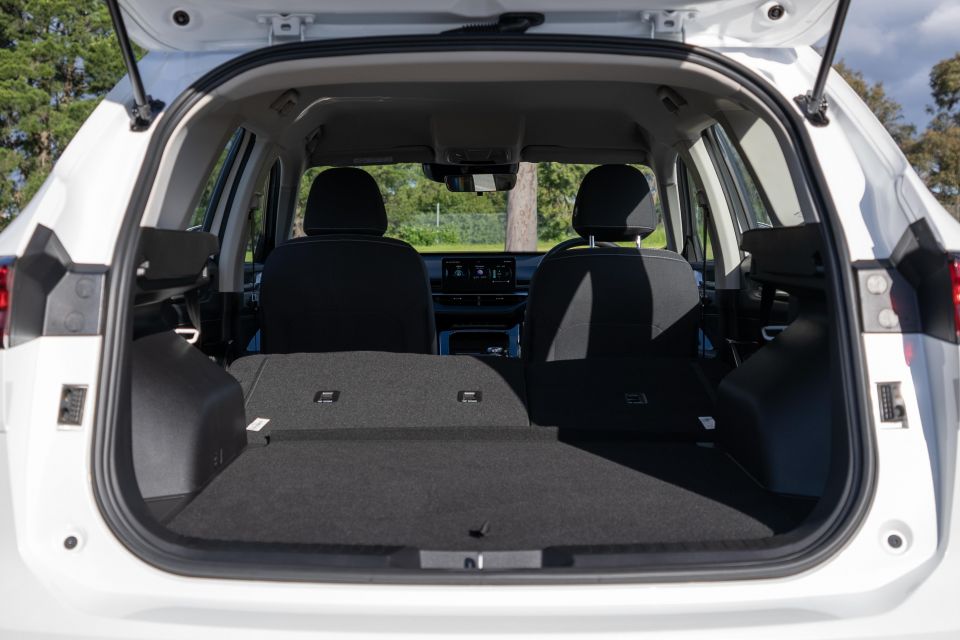
Hop into the second row and you might be surprised at how much space the H6 offers. It’s up there with some of the best in segment for rear-seat space, with more than enough room for leggy passengers behind a taller driver like me.
Back there you have directional air vents, map pockets behind both seats, a fold-out centre armrest with cupholders, ISOFIX mounts on the outboard positions, and two USB charge points to keep smartphones juiced up on longer drives.
Behind the folding second row (with 60:40 split) is a segment-leading 600L boot area which expands to 1485L with the rear bench folded. As a guide, the Kia Sportage (543L), Toyota RAV4 (542L), Hyundai Tucson (539L) and Honda CR-V are usually referred to as the segment benchmarks.
Unlike the Sportage and Tucson, the H6 features a space-saver instead of a full-size spare – something that is still a requirement for some Australian buyers.
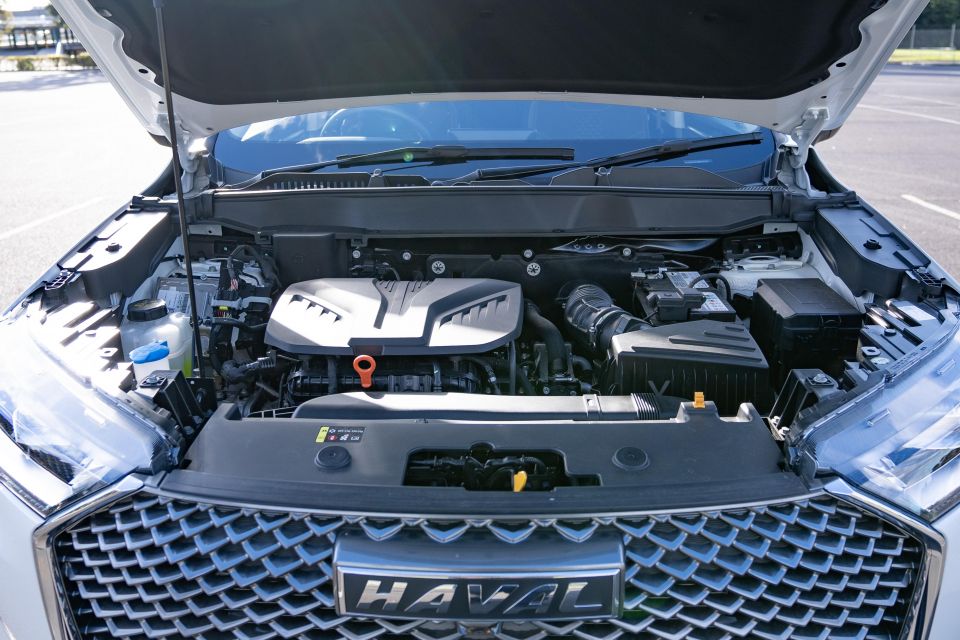
Power across the current Haval H6 line-up – at least until the Hybrid arrives next year – comes from a 2.0-litre four-cylinder turbocharged petrol engine.
Outputs are quoted at 150kW (6300rpm) and 320Nm (1500-4000rpm), with drive sent to the front wheels via a seven-speed dual-clutch automatic transmission. Premium and Lux models are FWD only, though the top-spec H6 Ultra can be optioned with all-wheel drive as well.
Fuel consumption is officially rated at 7.4L/100km on the combined cycle, with idle stop/start technology fitted as standard. The fuel tank measures 61L and can take 91 RON regular unleaded.
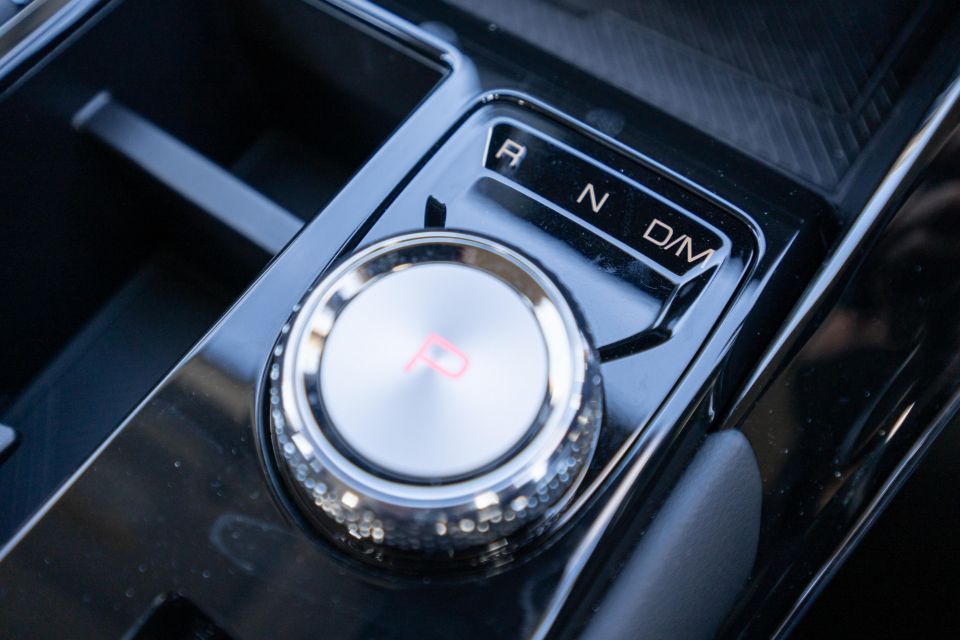
In the early stages of 2022 the company will add the H6 Hybrid to the local line-up, promising more power and better fuel economy.
Pairing a 1.5-litre four-cylinder turbo petrol engine with a 130kW e-motor and 1.8kWh battery pack, the Hybrid has system outputs of 179kW and 530Nm, all sent to the front axle. Those outputs make it one of the most powerful vehicles in the class.
The electric motor will have a two-speed transmission while the petrol engine will drive through a ‘Direct Hybrid Transmission’ which is understood to be Haval-speak for CVT. Fuel consumption for the hybrid is rated at 5.2L/100km using 91 RON unleaded.
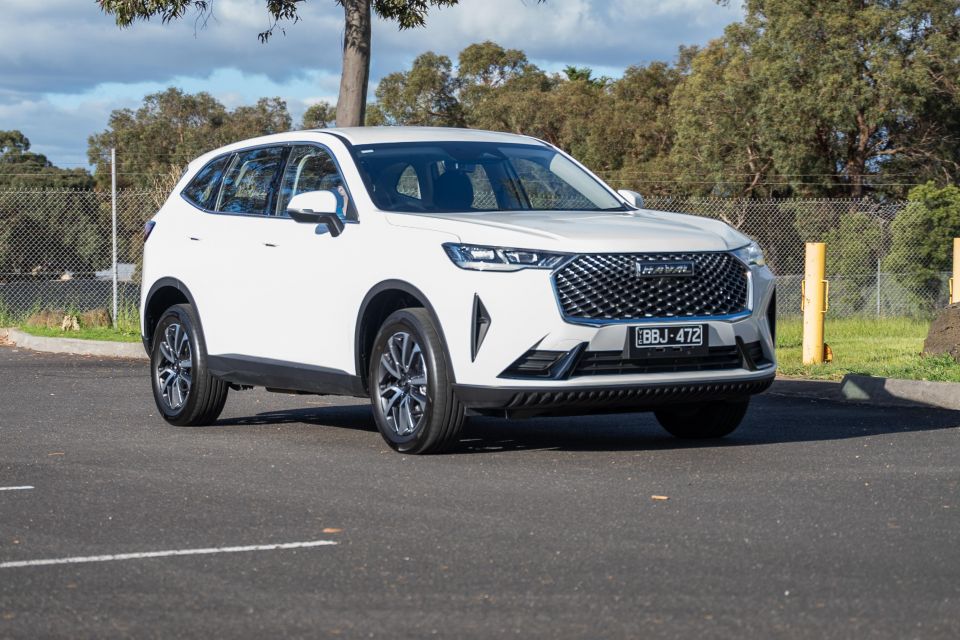
Don’t let the naming of the architecture fool you, this SUV doesn’t drive like a ‘LEMON’.
I was quite impressed with the Haval’s big-car feel and secure dynamics, as well as the pretty decent punch from the 2.0-litre turbo-boosted drivetrain.
Considering the bulk of its rivals – particularly the Japanese-branded stuff – continue to make do with uninspiring and sometimes asthmatic engines, the low-down punch from the Haval’s powertrain is a breath of fresh air.
It can be a little too eager to get moving, though, with the transmission and engine occasionally coming to life quite suddenly. It can take a bit of getting used to, and it’s fairly easy to spin the front tyres and get it to torque steer.
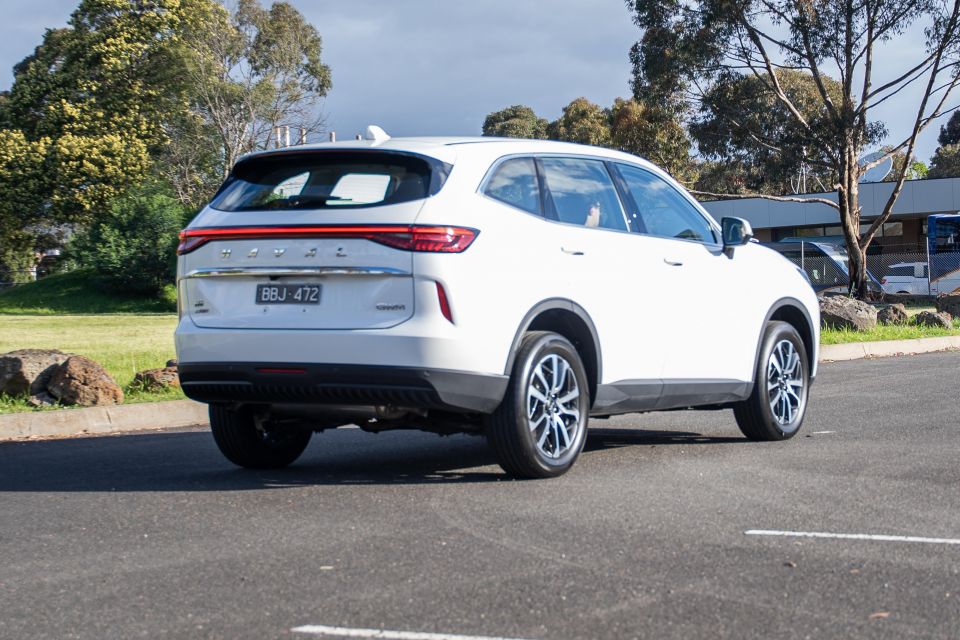
Be gentle with the throttle, though, and the Haval can be quite a relaxed and effortless everyday drive, and it has more than enough grunt even under light throttle inputs to get up to freeway speeds or overtake.
The steering is light but fairly direct, and the chassis balance is pretty decent given the height and size of the vehicle. It handles confidently and offers a sense of security, though you do get a fairly natural level of body lean in corners which isn’t sub-par for the class.
Road-holding and grip is good, again lending a sense of security on the road even when the weather isn’t at its sunny best. In terms of refinement and NVH, the H6 is competitive with the upper end of the medium SUV class, with road and wind noise well suppressed at speed and over rougher blacktop.
Ride quality, likewise, is quite good. The Haval is sprung on the softer side with good balance between comfort and body control. There’s a bit of give in the suspension but it can roll over successive undulations without feeling too floaty.
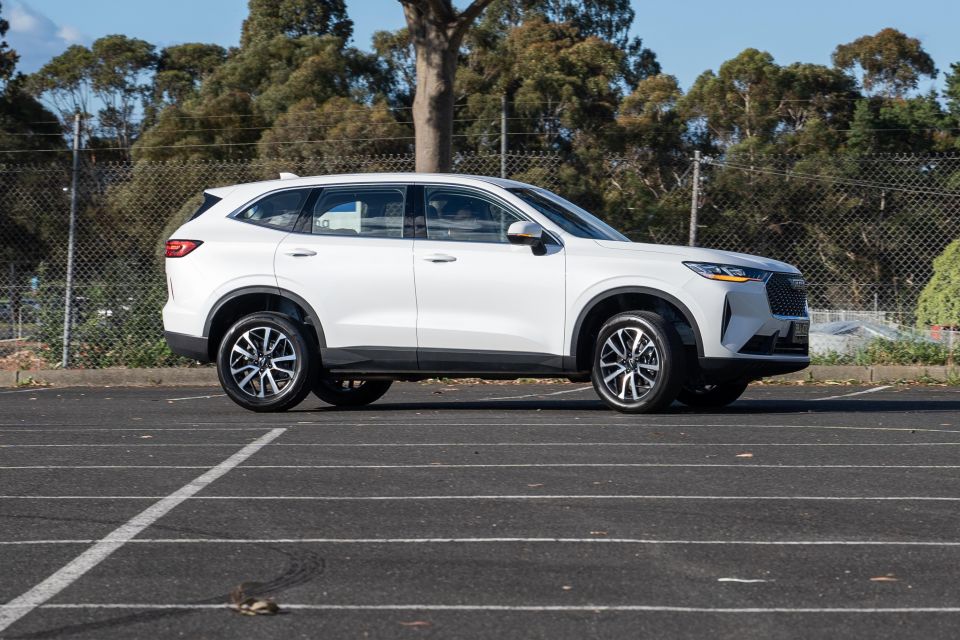
As for its driver assistance suite, like some other Haval products we’ve tested recently there’s still some work to be done but it’s not too bad.
In the Jolion the adaptive cruise assist function would sharply brake ahead of a corner or when a vehicle entered the lane in front, but we saw no such thing here. The H6’s system is more logically calibrated and doesn’t give you any nasty surprises.
The active lane centring function won’t be to all tastes but it does what it says on the tin, and the standard blind-spot monitoring and rear cross-traffic alert are helpful inclusions given the high shoulder line and raised ride height.
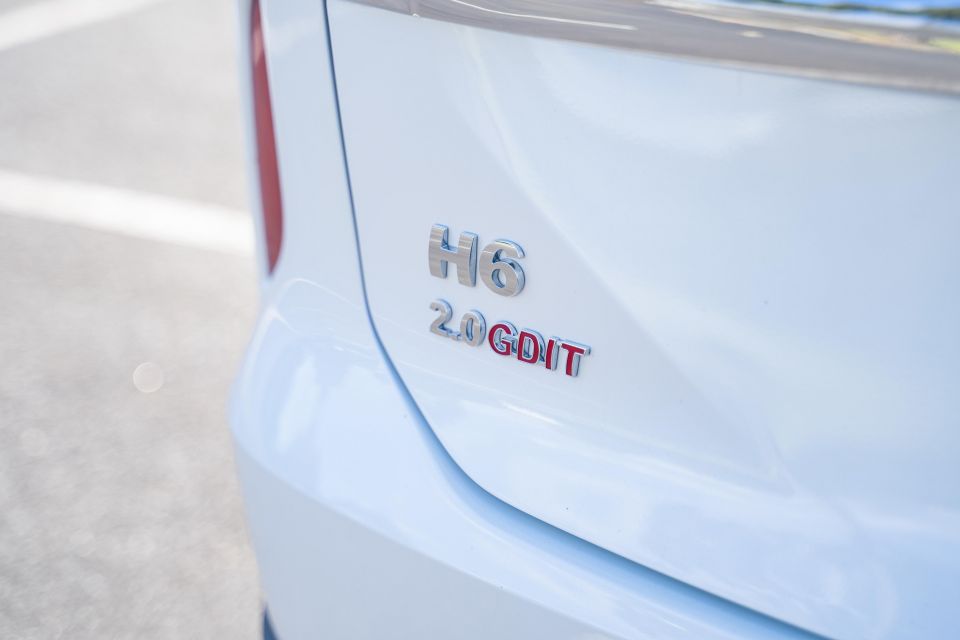
Where expert car reviews meet expert car buying – CarExpert gives you trusted advice, personalised service and real savings on your next new car.
Like the wider GWM Haval line-up, the H6 range is covered by a seven-year, unlimited-kilometre warranty with five years/100,000km of roadside assistance.
GWM Haval doesn’t currently offer a capped-price servicing program, though intervals are 12 months or 15,000km – whichever comes first.
We found it very difficult to match the company’s 7.4L/100km combined claim, even with a sedate driving style and a decent portion of highway driving.
Following our week of testing, we saw an indicated 9.7L/100km over 326km of driving which including commuting to the office as well as some longer freeway runs. It’s definitely on the thirstier side of the segment on the real-world figures.
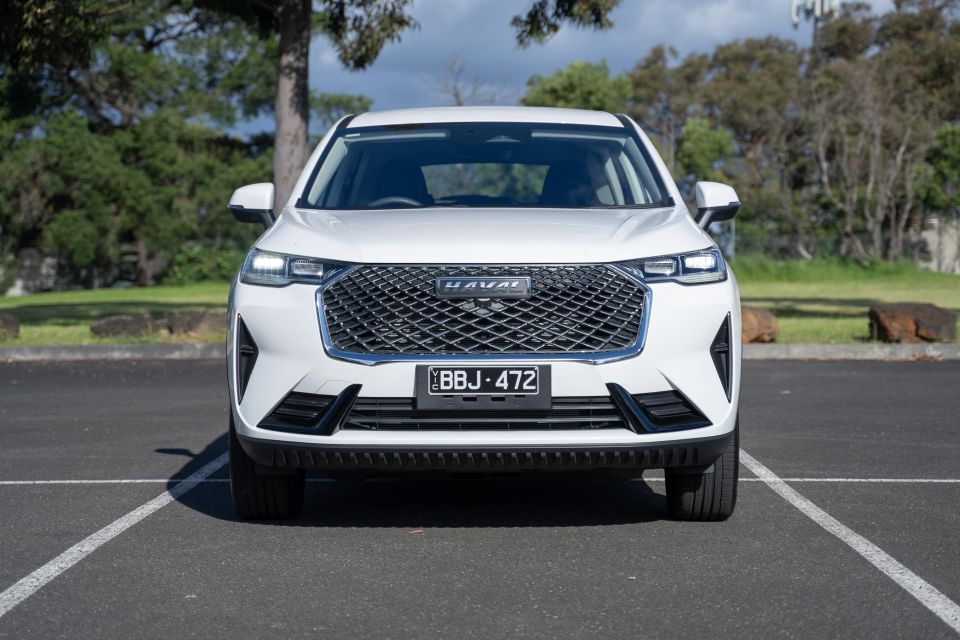
I get a lot of questions from family and friends about Chinese brands, and if they’re ‘there yet’. While the new Haval H6 wouldn’t be my first stop for someone looking for a cheap mid-size SUV, it certainly makes a case for itself.
For those unfazed by brand, and who just want a spacious SUV for not a lot of cash, the H6 is a lot of car for your money. It’ll easily carry four full-sized passengers and their luggage, and offers a pretty striking design inside and out that will ensure you’re not mistaken for a Kia or Mazda.
However, the lack of an independent safety rating means I can’t literally call it a ‘safe’ choice until it’s proven. The H6 has all the spec sheet dot points to be a safe car, now ANCAP just needs to crash test one.

Outside of that there’s good punch from that 2.0L turbo, even if it’s a little thirsty in real-world use, and there’s plenty of standard kit despite the budget pricing. I personally would get quite frustrated with some of the quirks but many will be happy with it provided they stick to smartphone mirroring.
The mid-spec Lux seems like the more well-rounded package and the sweet spot in the local range, but at $34,990 drive-away it’s in the realm of well-established rivals with better recognition, better dealer coverage, and better in-car tech.
Don’t be afraid to take a Haval H6 for a test drive, but we’d suggest shortlisting some key competitors too as reference points.

Click the images for the full gallery by Wesley Loh (@garagetribe on Instagram)
MORE: Everything Haval H6
Where expert car reviews meet expert car buying – CarExpert gives you trusted advice, personalised service and real savings on your next new car.
James Wong is an automotive journalist and former PR consultant, recognised among Australia’s most prolific motoring writers.


CarExpert.com.au
2 Days Ago


Damion Smy
2 Days Ago


Damion Smy
3 Days Ago


Josh Nevett
3 Days Ago


Max Davies
3 Days Ago


Ben Zachariah
4 Days Ago